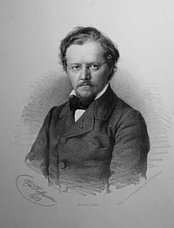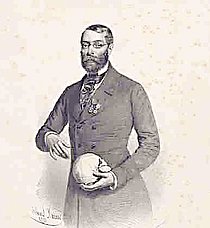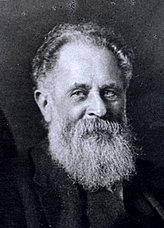The earliest roots of the Zoological Collection date back to 1775 when a “Naturhistorisches Museum” (museum of natural history) was funded to support education in zoology, botany, and mineralogy of the medicine curriculum. With the first chair of Zoology (held by Rudolf Kner) the historical development starts to be rather dynamic. Several additional collections were established at the University under which the “Museum of Comparative Anatomy” of Joseph Hyrtl was the most prominent.

- Rudolf Kner (around 1859) modified after a lithography by Rudolf Hoffmann (UAW, Bildersammlung, Sign. 135.654)

- Joseph Hyrtl (around 1850) modified after a lithography by Eduard Kaiser (UAW, Bildersammlung, Sign. 135.646)

- Berthold Hatschek (around 1925) modified after a lithography (Archiv der ÖAW)
Finally, the three collections of three different zoological institutes were united in two steps (1884 and 1897) into a single “zoologisch-vergleichend anatomischen Sammlung” (zoological-comparative anatomical collection) as it exists today with constant enlargement. In addition to the above mentioned researches also Berthold Hatschek around the turn of the centuries enlarged the collection significantly. Besides the common functions of resource conservation for, mostly vertebrate, anatomical and morphological studies and teaching support, science history of the former zoological institutes of the University and a general new understanding of our academic and cultural heritage have become more of a research focus in recent years. This includes not only archive enquiry and preservation of our own objects but also takes advantage of other collections (e.g. zoological specimens of the Medical University of Vienna, historical zoological wall charts, scientific estates, etc.).
Texts and Photos: © Maximilian Petrasko (2016)




